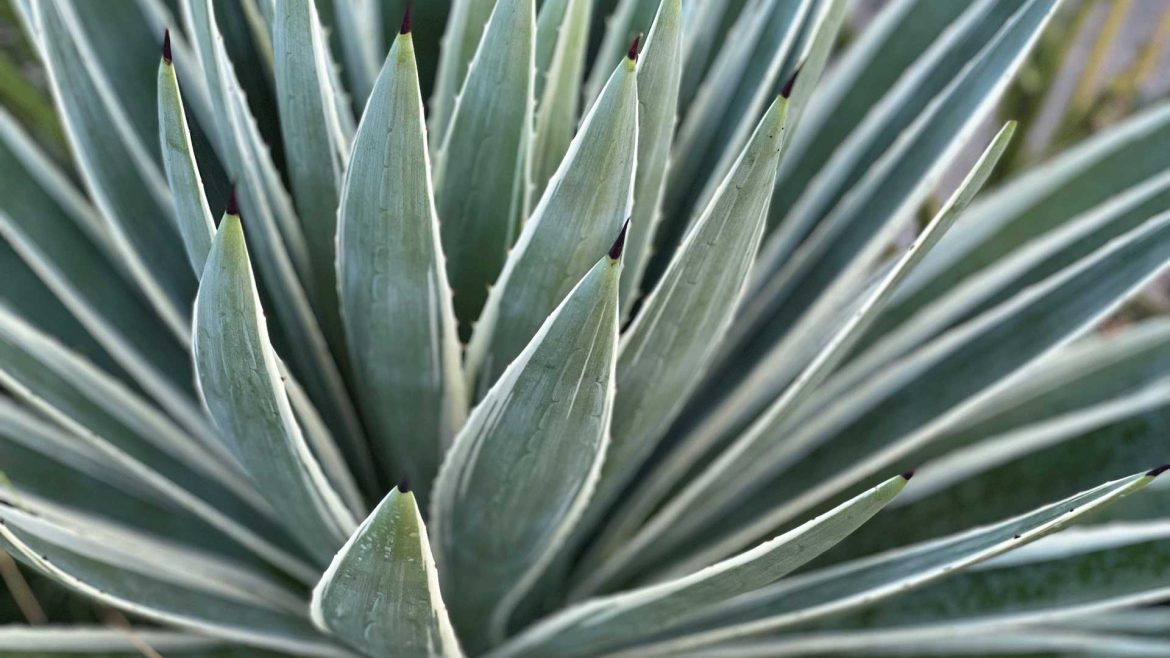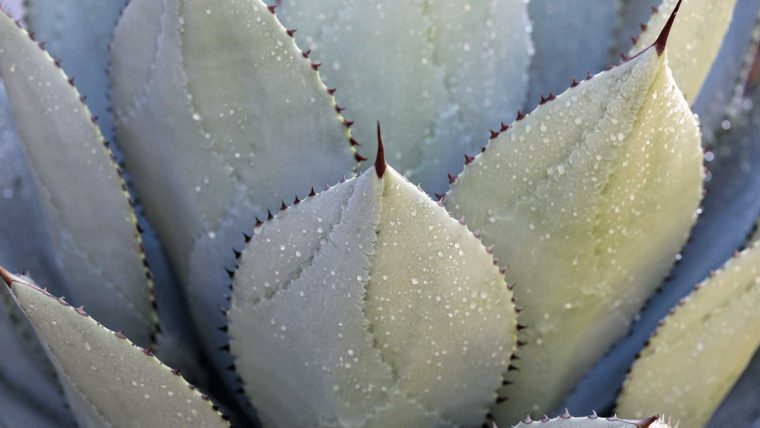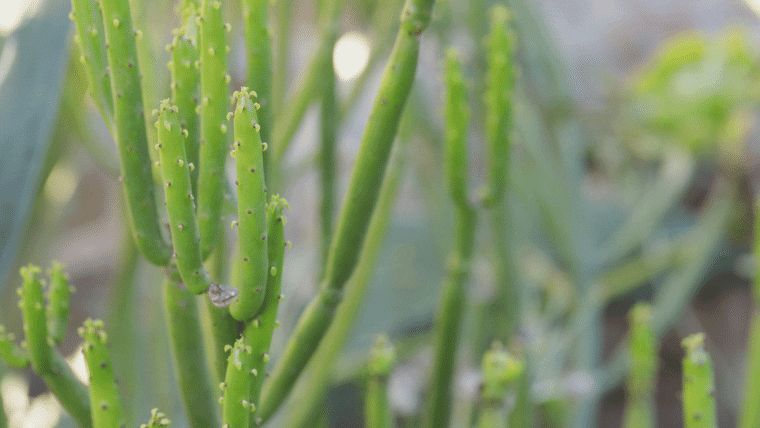Some of the bugs that plague traditional gardens, such as cucumber beetles and aphids, don’t really bother succulents. But they do have a few pests—mealybugs and agave snout weevil being the main ones. Aphids also like to attack the blooms of yuccas and echeverias during summer. Here’s my advise for succulent pest protection.
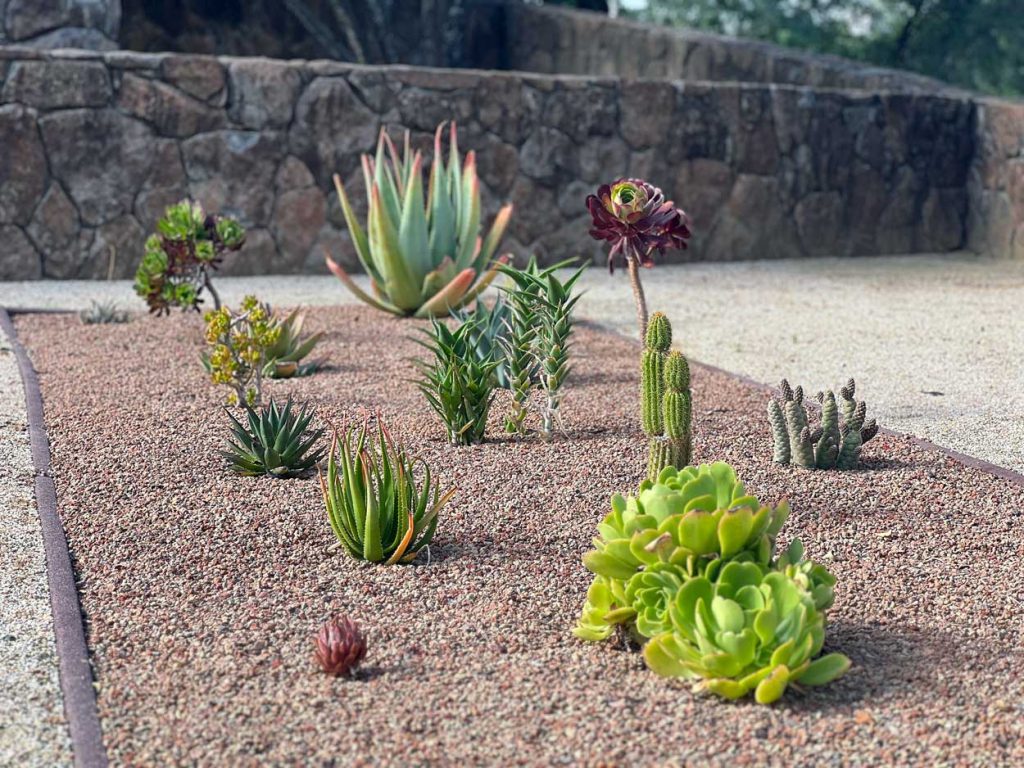

Succulent Pests: Mealybugs
When you see a white powdery/almost cotton-like substance on your succulents, you have mealies. Mealybugs love to set up camp at the base of agave, echeverias and the crows of aeonium. I have tried the alcohol spray tactic and also neem oil spray. Neither worked for me, though they are the cheapest. Neem oil is also the preferred organic method for many. I switched from neem oil to Bug Buster-O two years ago. It’s an organic pyrethrin, and is OMRI Listed for organic gardening. Pyrethroids such as pyrethrin spray are derived from flowers and are considered organic pesticides. Bug Buster-O kills about 100 different insects. It is not recommended to use this on flowers that are blooming or when you see bees around. It will harm bees too, sadly. So, if that concerns you, stick with neem oil.
With Bug Buster-O concentrate, a little goes a long way. Purchase a 2- or 3-gallon spray bottle from Home Depot for faster application. The large spray bottles work but take forever and are tough on your thumbs. Scales are another succulent pest that looks white and powdery like mealybugs, but scales are a little bigger. I treat them the same way as mealybugs.
How to Treat Succulents for Mealy Bugs
You can wait until you have mealy bugs to treat, but what I’ve found is that a twice a year application of Bug Buster-O helps keep the mealies at bay. My landscape maintenance guy does one application is late March/early April and another one in late September/early October. Then I spot treat as I seem mealy bugs. They tend to like Aeoniums, Flapjacks, Sempervivium and Delosperma ice plant the most.
More Information on how to deal with mealybugs from succulent expert Deborah Baldwin. PlanetDesert is also a great resource for succulent gardening tips.
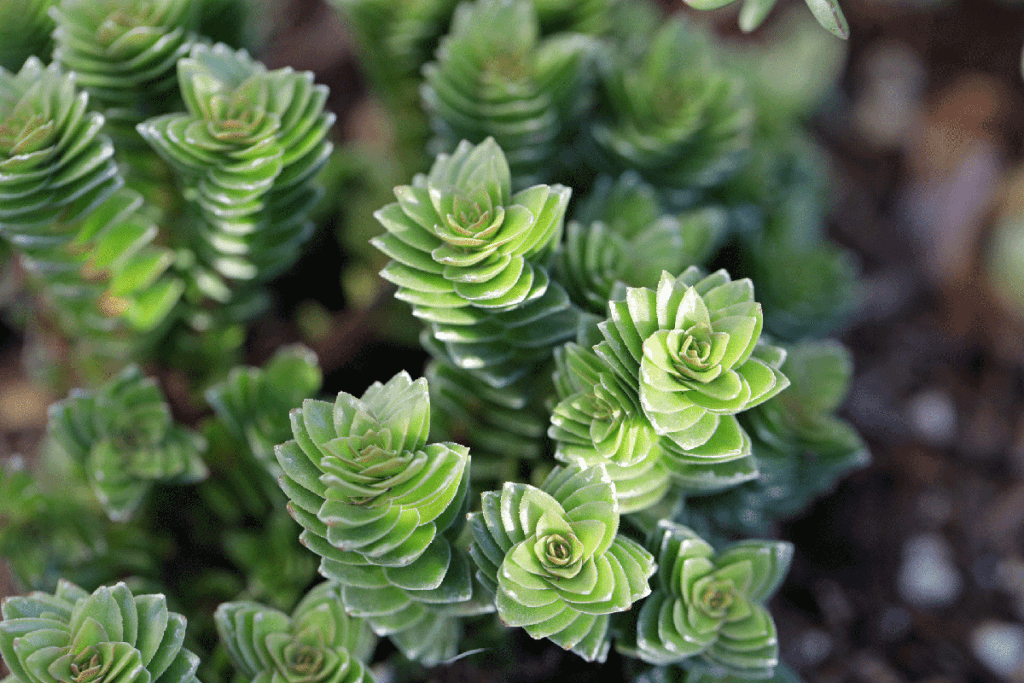

Succulent Pests: Aphids
In my experience, aphids are a problem with euphorbia bushes (not a succulent but drought tolerant) and blooming red yucca and echeverias. They are attracted to the flowers. Although it’s sad, it’s usually easier to remove the infected flower stalk than to treat it and risk a pollinator feeding on an infected plant.
How to Treat Succulents for Aphids
Follow the same treatment as with mealybugs. Uber organic gardeners can try neem oil. Hit aphids quickly with Bug Buster-O so you don’t lose your blooms. The preventive early spring and early fall treatment for mealy bugs also works for aphids IMO, but aphids do require spot treatment.
Here are a few sources with detailed treatment programs for aphids, including PlantCareToday and SucculentGrowingTips.
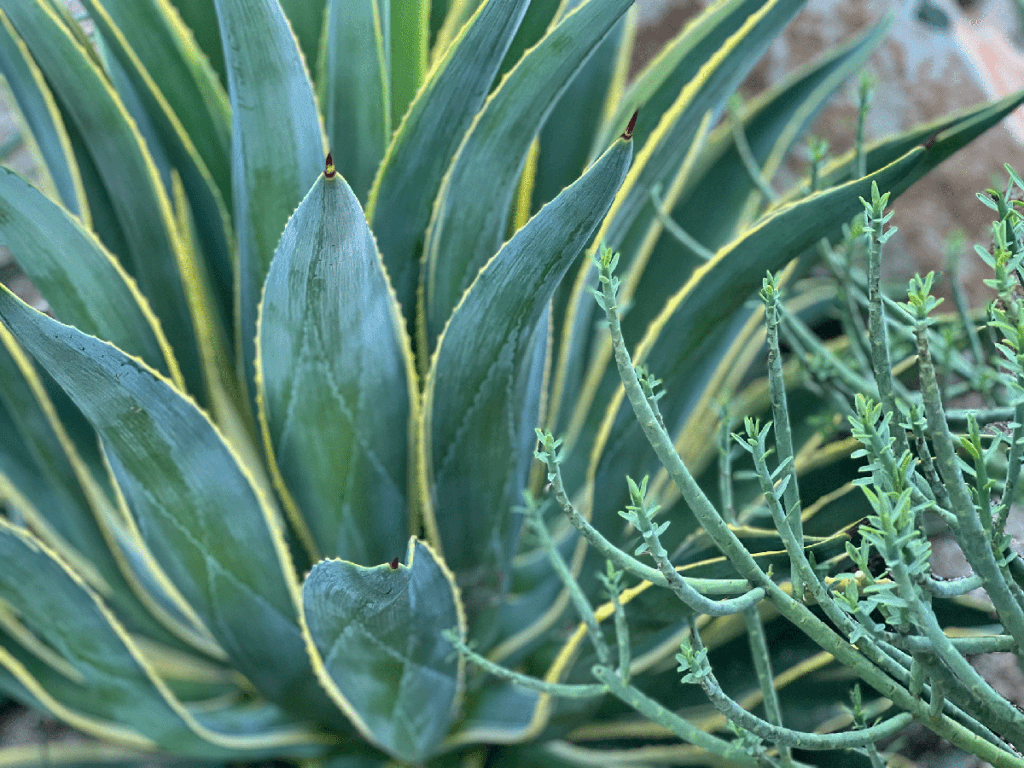

Succulent Pests: Agave Snout Weevil
Agaves are very low maintenance, but they do have a terrible bug that is often fatal—the black agave beetle/snout weevil. Agave, Mangave, Yucca & Beaucarnea are all potential victims. Sadly, I lost three giant agave to the beetle three years after planting. This bug doesn’t have wings, but it finds your succulent gardens regardless.
How to Treat Succulents for Agave Snout Weevil
Twice a year, during spring and fall, I follow the agave snout weevil drench treatment to prevent and/or keep the weevils at bay. Succulent expert Deborah Baldwin recommends the insecticide Imidacloprid (found on Amazon), so that is what I am using. It’s not cheap but, you only use 2 oz per 5-gallon bucket of water. This is a pesticide. It’s bad for bees. If you’re okay losing one agave years down the road, I don’t recommend starting this treatment unless you are forced to because you lost a plant.
My recommendation is to set up your landscape maintenance where they spend an extra four hours in spring and fall doing your pest preventive protocol. Baldwin’s agave drench method can be done in the fall and late winter before/after bloom season to mitigate pollinator exposure to the insecticide.

